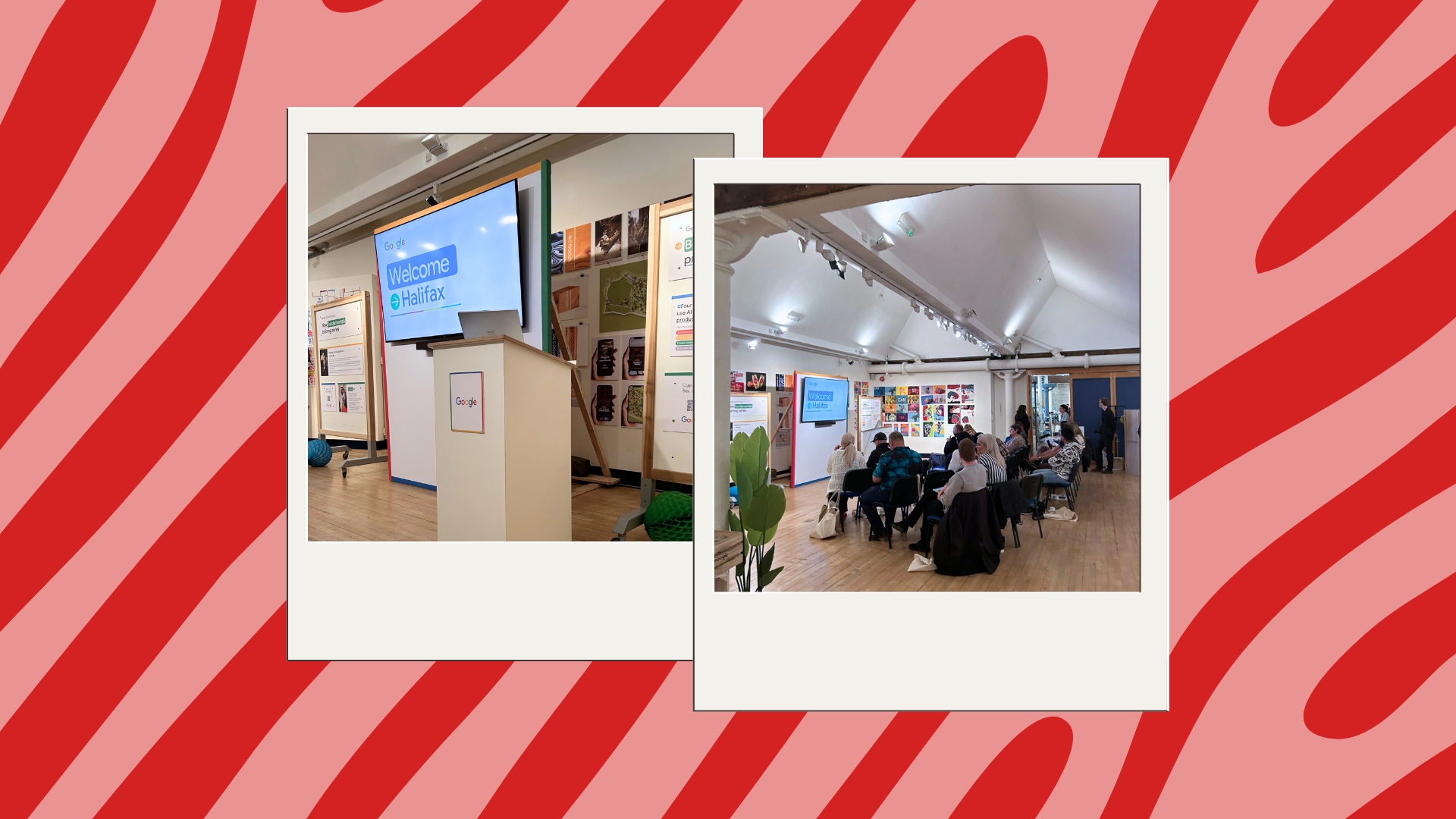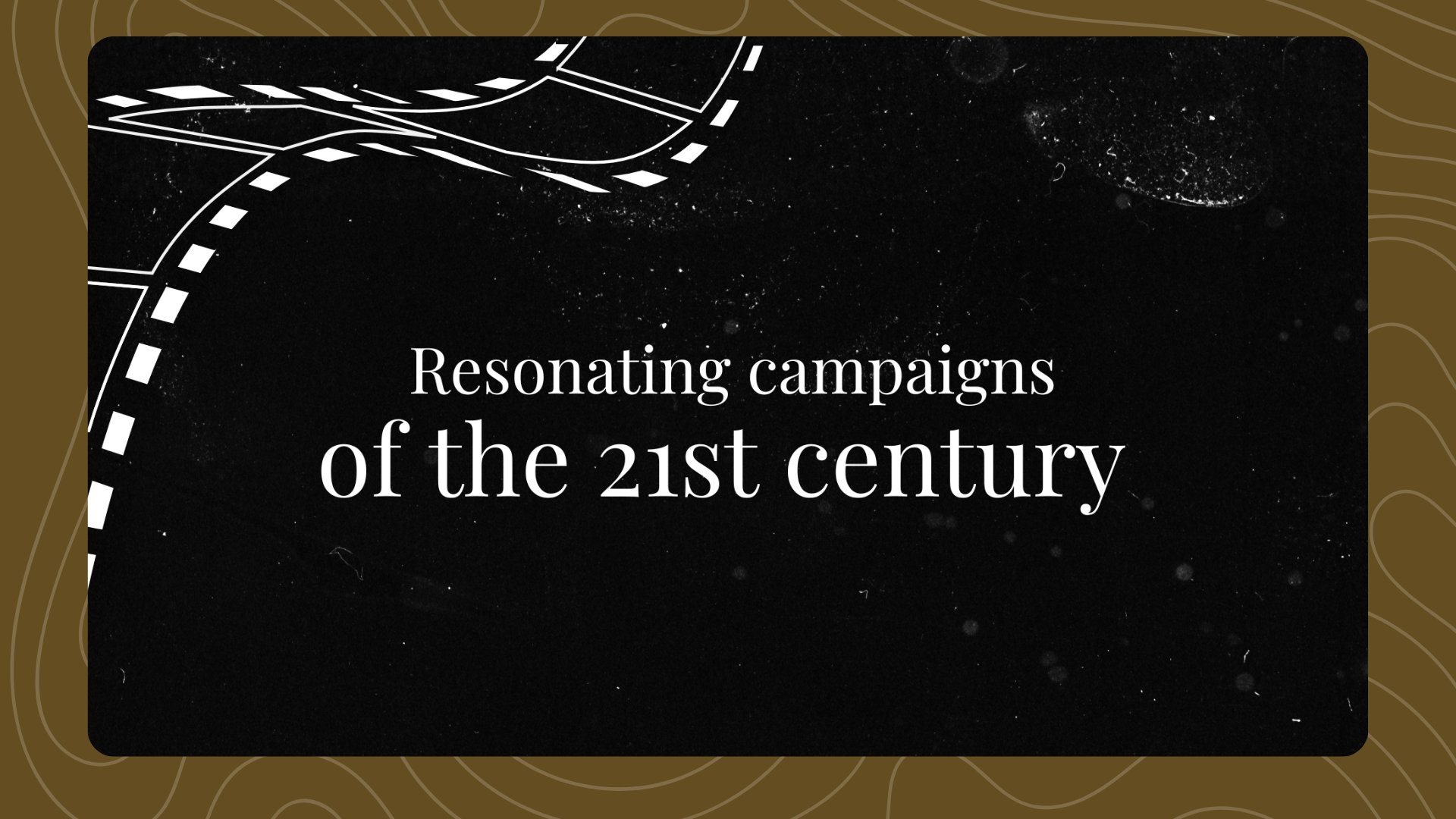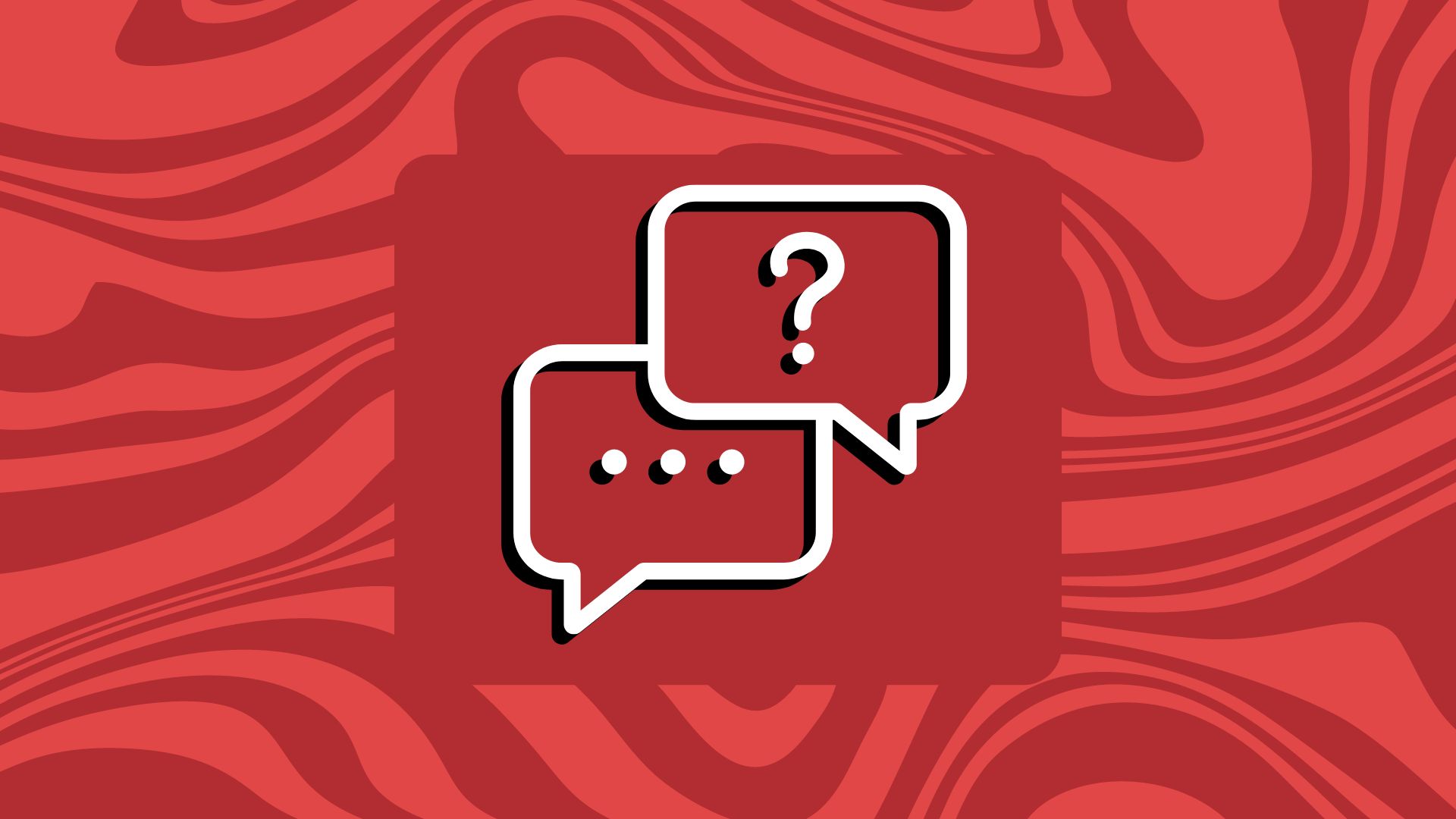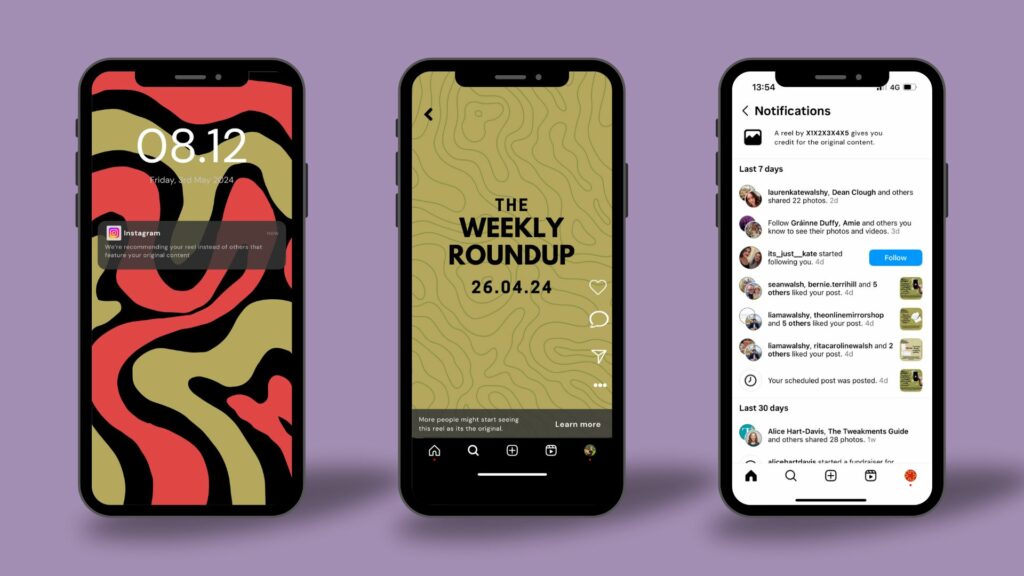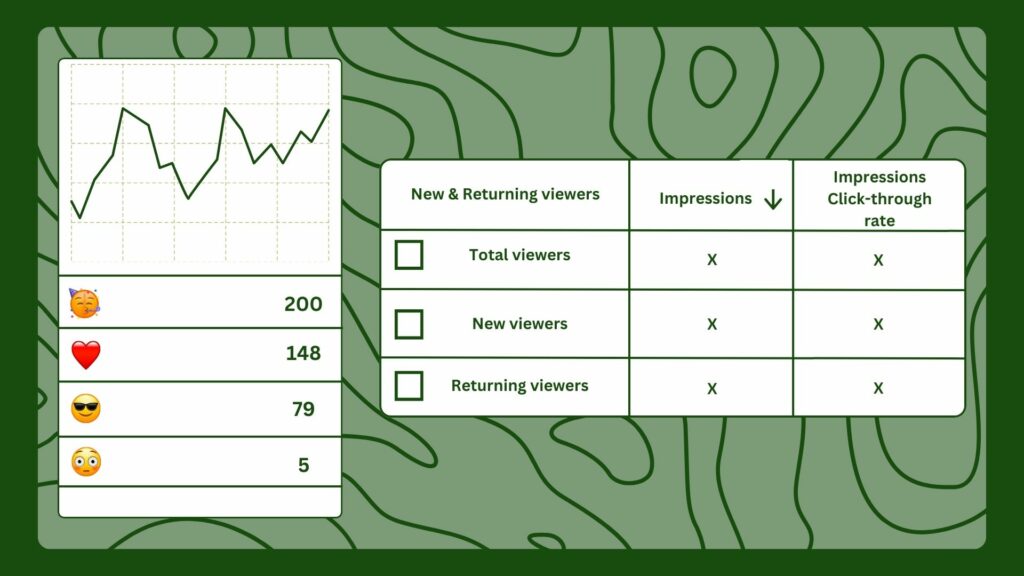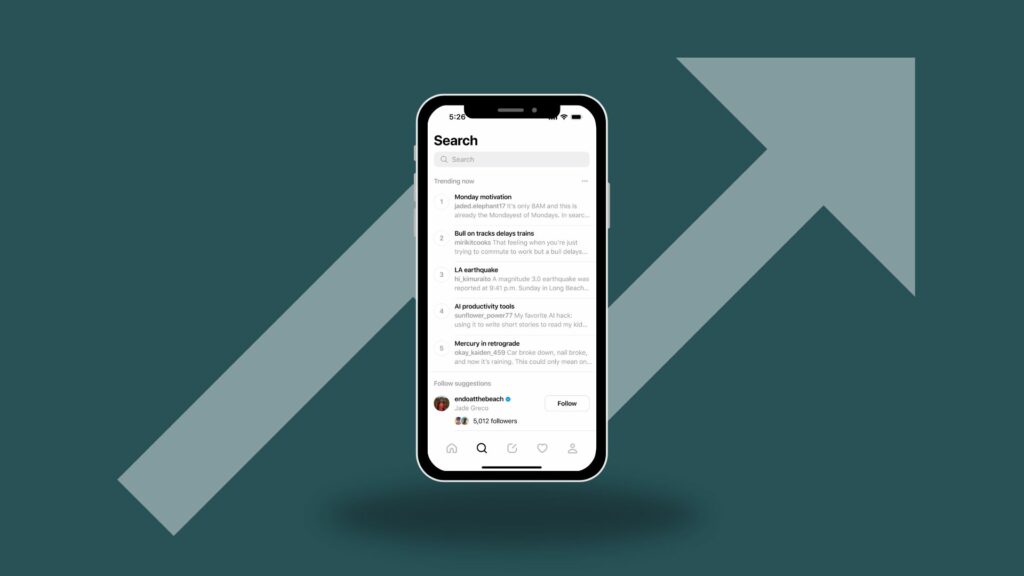
How to create and write content for blogs
August 5, 2025 Posted by Maisie Lloyd Round-Up 0 thoughts on “How to create and write content for blogs”Have you ever found yourself stuck writing the first word, deleting it, then another, and oh no, that’s not right either…there’s no hope.
Only kidding.
Producing copy for a blog can be quite straightforward once the process is in place. In this article, we’ll break down the key stages of writing copy, as well as collating some of the best copywriting tips. Providing you with the confidence to strategically devise, craft and publish high-quality content.
Research
Research is fundamental. It gives your blog authority, structure, and focus, all of which help you meet the needs of search engines and readers. It deepens our understanding of topics and often enhances the quality of the work.
- Identify the key points in your discussion, allowing you to break down each section or topic. Once you can identify the sections of your discussion, you can undertake research it the more niche subject matters of your discussion.
- Research is super important; it equips you with an understanding of the topics you are discussing. Google and respective search engines will trawl the information you have given and provide the ranking based on the quality, usefulness and how SEO friendly it is.
- Outline any content gaps, particularly when conducting competitor analysis. It will allow you to highlight any areas for discussion which you’ve not yet covered within your content.
Research can be conducted in many ways, the use of search tools, books and journals, as well as conducting an analysis of competitors and search engine results. For further guidance, you can check out our Art of Research blog, which expands on the whys, how’s and the approaches you can take.
Beginning the writing process
Page structure
When starting to write your copy, it’s important to identify the structure of the content. Outlining a title and sub-headings is a great way to gauge the layout, the number of words per section and how to tie each section together.
When developing a title for your work, consider two things: the first is to convey the overarching topic or themes of discussion. The second is to make it entice; consider how to frame the title. Can you phrase it to make it sound useful for the reader? Consider framing it as a question, that way when searchers are inquiring through Google, your content is identified as addressing that query.
Labelling approach
An alternative to framing the title as a question is to grab the attention of the user. Using highly descriptive language allows the user to understand the topic whilst keeping it short and simple. A great example of this would be when you see an article about a celebrity, and it reads ‘So and so stuns on the BAFTA red carpet’. Keeping it short and snappy will typically create curiosity within the reader, encouraging them to read. Subheadings should signpost the different points of discussion. This allows the audience to navigate your article much more easily. Aim to keep the sub-headings super simple; them being easy to find and quick to read will enhance the quality and ease of the reader’s experience.
SEO in the strategy
Search engine optimisation should greatly influence the way content is created. After all, the aim with any written content is to get it to rank, and with great content, the chances of ranking higher increase. Writing content should align with the search intent of audiences. You can ensure content caters to search intent by incorporating the primary and secondary keywords.
Keywords can be found using analytical tools such as Google Search Console, SEMrush and SE Ranking.
Long-tail keywords are search terms with 3 words or more; it is the whole query rather than a single word. Whilst short-tail keywords are short search terms, typically one or two words at most.
To create content that’s optimised for search, include internal links. Improving navigation for both the reader and search engines. If it’s applicable, cluster your content- this also optimises the experience of navigating to relevant content on a site.
Make sure you’re using meta descriptions, so your content is accurately portrayed within the SERP.
Review & Edit
Once you have written your first or second draft, review the content and make the necessary adjustments. Then the final draft can be written, the final draft should tidy up any sections which need re-structuring, and rephrasing and spelling checks should also be undertaken.
Proofread your copy, not just once or twice, but aim to check roughly three to four times before uploading it. This may be a little bit tedious to do, but ultimately it will ensure professionalism and quality are at the highest it can be.
Ensure any facts, data or case studies are checked, identified, and accredited in your article, as this will be flagged as problematic to Google if not identified.
Publishing
When publishing your content, ensure everything is in the right place, and read through one last time to make sure everything is looking and reading correctly. When saving the work, check that it is labelled in a way that is clear and easy to locate.
Here at Intelligency, we label as follows:
Year/month/date – Name of client – Title of work – Any additional title or information.
Make sure your name and the date of publication are on there; this shows the reader who you are and when the copy was published. This provides them with two pieces of important information: the first being who you are, and then they can go on to find more of your work. Accrediting your work can only be done when your work is clearly labelled as yours. This will also help prevent others from plagiarising.
The last check that should be done is once the article or blog has been launched, checking to see how it looks on the website. This will help you flag any major issues with displays or the content itself. This will ultimately prevent your audience from seeing any errors, which will help maintain your professionalism and the way the content is initially perceived.
If you think this article was useful, please let us know, and if you have any questions or other ‘how-to’ articles you’d benefit from. We are keen to support you in your endeavour to create a copy!
